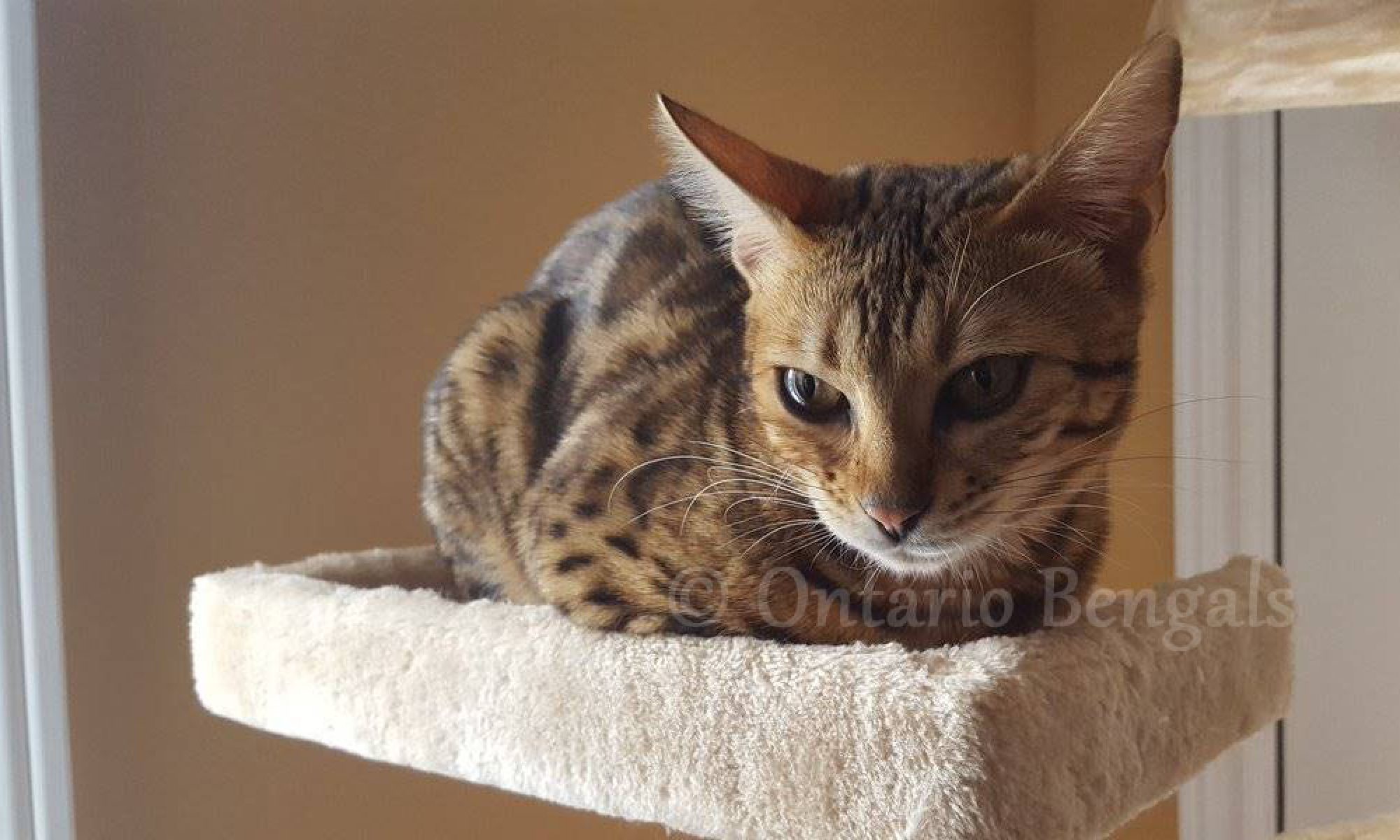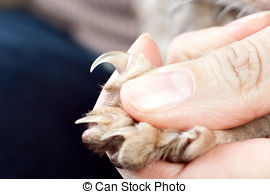It’s not uncommon to hear that cats are less work than dogs. Cats take care of themselves, they clean themselves, they don’t need to be walked, they are low maintenance pets.
It’s also not uncommon to hear people complain that their cats ignore them, are lazy or their cat won’t play.
Here’s the problem – just like dog owners have to walk their dog on a regular basis, cat owners have to play with their cat on a regular basis. As a cat owner, it is your responsibility to play with your cat at least once a day. Yes, I said at least once a day – ideally more.
Not only does it build a bond between you and your cat, it helps them adjust to living in a house (something they are not really used to), it helps them gain confidence in their environment and improve their overall behaviour. You’d be amazed at how many issues with litter boxes, hiding under couches (caving) and cats who are “afraid” of their own shadow can be resolved with regular play time.
Bengal cats need play more than most – it’s basically built into their DNA; but, all cats need to play. As they are younger they will play more vibrantly and more enthusiastically. Older cats will play more mentally and it will take more effort from you to get them up and moving.
Stalking
Play doesn’t mean running around continuously. The act of engaging mentally with stalking, eyes hunting, ears focussed, tail twitching – is an important part of it. That alone is part of their confidence and building into the environment. A session of play should involve stalking time – it’s important!
Killing
Catching and Killing is an important part of play too. Make sure they are playing with something they can wrap their paws around and dig their teeth into!
Duration
20 – 30 minutes is usually enough time for a good play session. Remember it’s not all running around.
Toys
Find a good toy that’s mouse-like or bird-like. Get them into the action. If you find they don’t like it; find another one.
Laser pointers are great for stalking but horrible for killing. Make sure if you start with a laser pointer you move to something tactic for the kill part.
Your cat is your companion – make sure you take care of their needs. Play with them regularly!

 Cats nails grow quickly, as quickly as your fingernails. They should be trimmed as frequently as yours do (at least once a month).
Cats nails grow quickly, as quickly as your fingernails. They should be trimmed as frequently as yours do (at least once a month).
